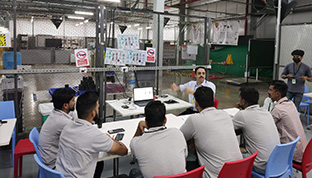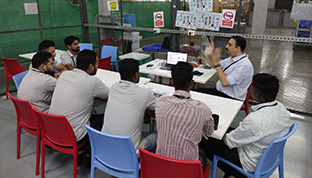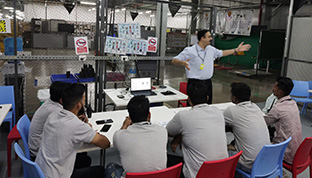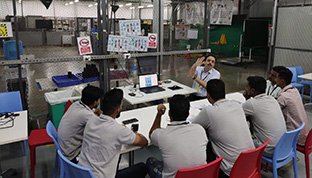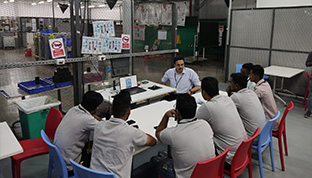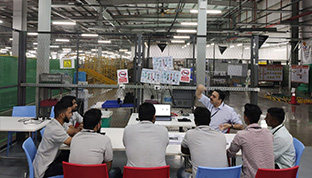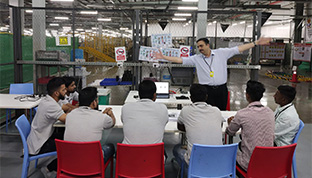Course Details
 Duration 4 – 8 Hours
Duration 4 – 8 Hours  Training Mode Online / in-company
Training Mode Online / in-company  Language English
Language English Prerequisites None
Prerequisites None
Course Details
 Duration 4 – 8 Hours
Duration 4 – 8 Hours  Training Mode Online / in-company
Training Mode Online / in-company  Language English
Language English Prerequisites None
Prerequisites None
“Raise your workplace safety with our enhanced training approach”
We understand the unique challenges and risks associated with confined spaces. We instill a safety-first mindset to guide your employees with up-to-date information and best practices for working in a confined space.
Our training includes
Duties of Confined Space Attender

Learn the crucial responsibilities of an Entry Attendant, from communication and monitoring to emergency response in maintaining a safe environment in confined spaces
Confined Space Entry Hazards

Gain knowledge on how to identify, assess, and mitigate risk and ensure your workforce has a high degree of safety
Basic Principles of Work Permits

Understand the importance of obtaining and correctly using work permits in compliance with industry regulations and standards
Significance of Gas Monitoring, Exposure Limits & Ventilation

Get expertise in the use of monitoring equipment, adequate air quality, exposure limits, and ventilation in maintaining a safe atmosphere within confined spaces
Key Considerations for Confined Space Pre-Entry

We educate employees on proper confined space safety protocols, safety procedures for gas-related emergencies, and evacuation plans to handle unexpected incidents
Practical Demonstration of Gas Testing and Proper Breathing Apparatus

Get hands-on demonstrations of gas testing and the correct utilization of breathing apparatus to build confidence in confined space entry
Benefits of Confine Space Entry Attender Training
- It helps to identify potential dangers & enables employees to take timely mitigation and accident prevention
- It makes attendees understand the importance of conveying information and addressing emergencies in confined spaces
- It provides safe evacuation plans, ensuring workers have accurate data to make informed decisions.
- It ensures practical knowledge to analyze the equipments are functioning correctly, accurately detecting gases
FAQ
Entry Attendants play a crucial role in maintaining safety. Their primary duties are
- Constant communication with workers inside the confined Space
- Monitoring conditions for hazards
- Ensuring proper ventilation and regulating access
- Assisting in emergency responses
- Maintaining incident records and inspecting safety equipment
- Falls From Height
- Getting struck by falling objects
- Entrapment in machinery
- Electrocution
Entry Attendants use two-way radios, visual signals, tether lines, remote monitoring equipment & audible alarms to communicate with workers inside confined Spaces
Our Recent Projects
Get Your Query Answered / Get Expert Assistance To Choose the Right Course for You Or Your Associates


